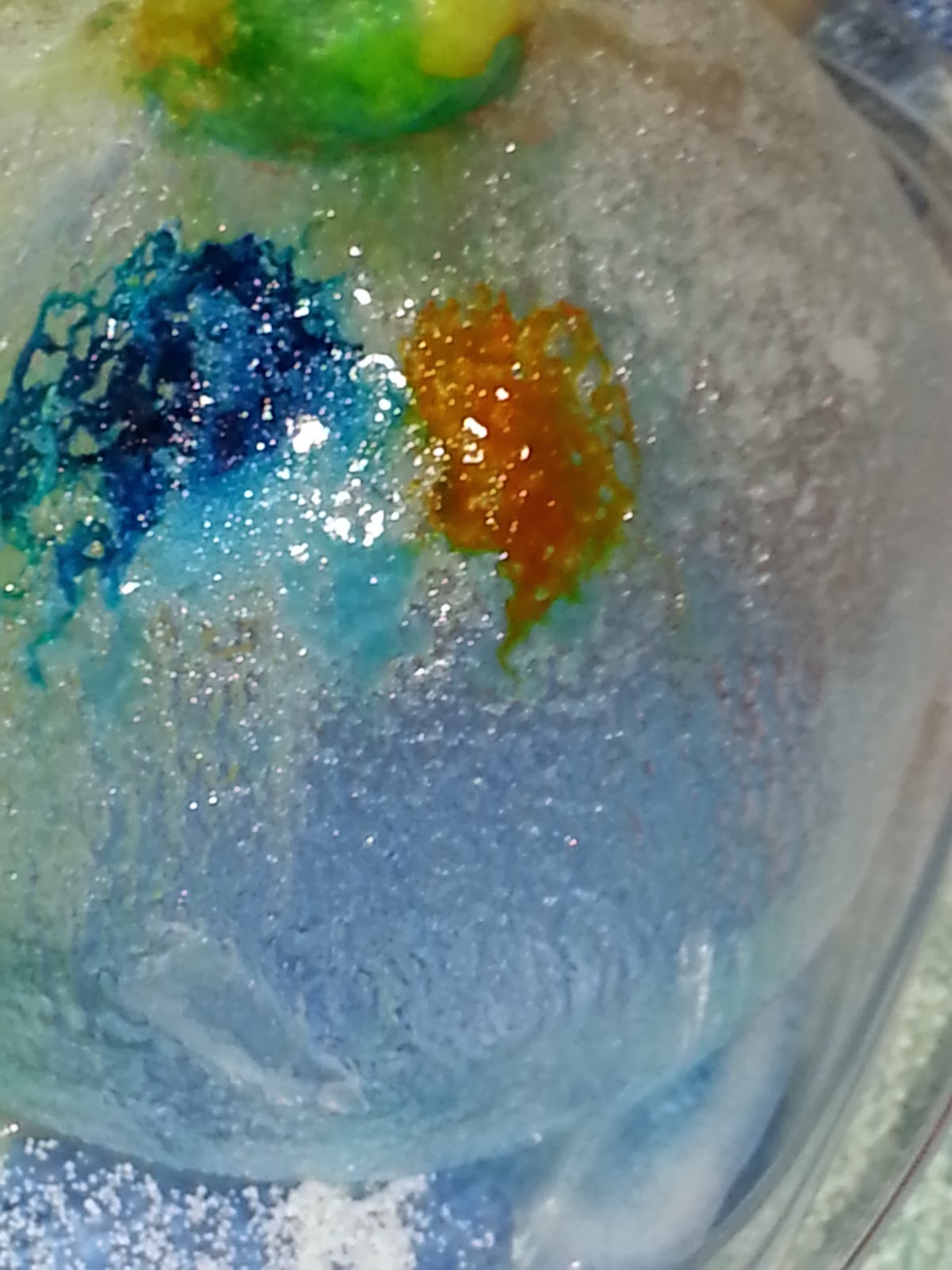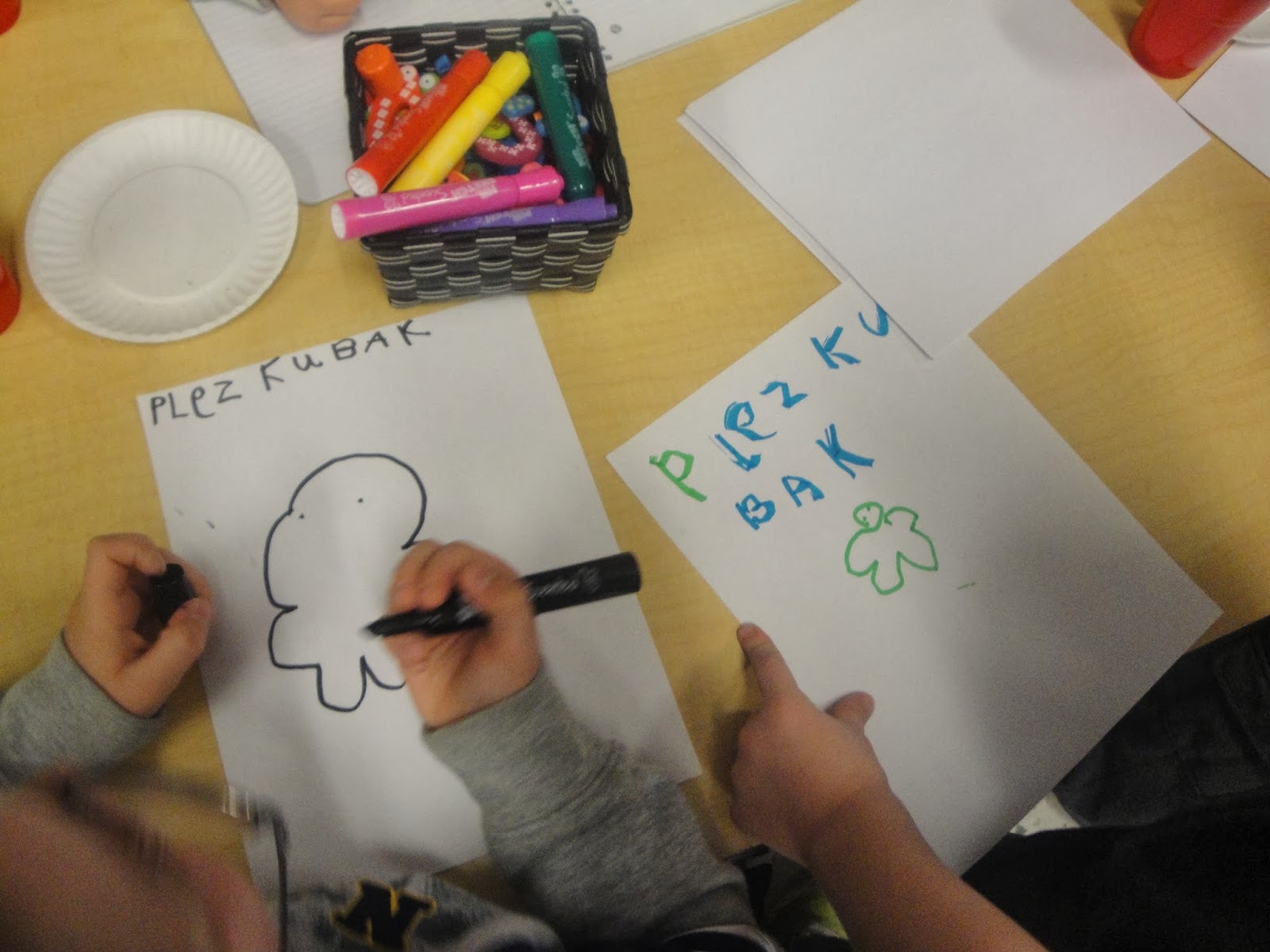Here is a little science experiment you can do at home when school is cancelled for snow or wind chill. You can use this to help explain glacier melting, the Arctic, the three states of matter (solid, liquid and gas) and how applying salt to the roads helps to melt the ice. You can also show how melting ice causes rivers and rivers can erode the ground and make valleys and canyons (like the Grand Canyon). You can pull in videos from National Geographic Kids and Discover Kids to help them understand these concepts. You can work in some geography work by showing maps on Google Earth and other sources to show where glaciers and canyons/lakes (like the Great Lakes) are caused by glaciers.
Unfortunately the weather forecast calls for much more cold and snow for the rest of the weather so families, you will be (and always have been) their first and most important teacher. Reading, doing science and writing about what they are doing when not in school will keep them from losing valuable skills they learn at school. We may have many more "snow days" and the students will need to keep learning at home during these breaks. We, the Kindergarten Team, greatly appreciate your time and support in working with you children at home to make sure they don't lose skills and continuing learning even during snow days. We promise, they will love this experiment and will be glad to step away from the TV and video games to do this activity and other we will post. Enjoy this post and we hope it helps you make the most of these snow days!
Unfortunately the weather forecast calls for much more cold and snow for the rest of the weather so families, you will be (and always have been) their first and most important teacher. Reading, doing science and writing about what they are doing when not in school will keep them from losing valuable skills they learn at school. We may have many more "snow days" and the students will need to keep learning at home during these breaks. We, the Kindergarten Team, greatly appreciate your time and support in working with you children at home to make sure they don't lose skills and continuing learning even during snow days. We promise, they will love this experiment and will be glad to step away from the TV and video games to do this activity and other we will post. Enjoy this post and we hope it helps you make the most of these snow days!
Take balloon and fill with water. Place outside or in freezer.
Take out of freezer or bring in from outside and shake to see if frozen. You can either make a solid ice ball or you can make and ice bowel if you don't want to wait for the entire thing to freeze.
Ice Bowl. Explore it, hold it up to the light, touch it and write about what you see. Document your observations or draw what you see.
Ms. Berghoff (Ms. Arrendale's Buddy Classroom Teacher) mixes up some food coloring and water in primary colors to use on the ice ball. You can talk about primary and secondary colors and use the ice to mix the colors. You can also use Liquid Watercolors (which do not stain like food coloring) to do this project for more brilliant colors.
You can use eye dropper (best) or spoons to put colored water on the ice ball. Do this without any salt on the ice ball.
Next, sprinkle salt (table salt) on the ice ball. Observe what happens. Listen! Ours crackled and we started seeing cracks in the ice. Ask questions! Document what you observe.
Start dripping colored water on top of the salted ice ball.
Drop a few drops of food coloring directly onto the ice. Observe what happens. Is the ice changing? Does the food coloring help you see any of the chemical reactions that are happening?
Continue spooning on colored water. Keep a careful eye on any changes in the ice.
Take pictures or draw (with color) what you see happening to the ice ball.
Hold the ice ball up to the light (adults should do this, the salt and ice are very cold and could "burn" their little fingers, or have them wear gloves if they are going to hold the ice ball up to the light). In a solid ball you will start to see tunnels forming into the ice ball. The colored water helps to highlight those tunnels.
Add more salt from time to time. Get a magnifying glass and really look at the ice ball. Document more of what you see. Take close up pictures!
Look at the ice ball in the light. Shine a flashlight through the ball.
Now you will start to see a lot of melting and other activity going on with the ice ball. Talk about the water changing it's state from solid to liquid. Water can change according to heat and cold. If you are brave save all of the melted water to boil later. Explain that the steam coming out of the pot is the gas state of water.
Ask if this could be considered art. What makes something art? Make an art piece inspired by the ice.
Really look at the tunnels and crevasses caused by the melting water. Talk about how the water erodes the ice, water also erodes land and causes rivers, canyons and lakes. Look up the Great Lakes and explain those were cause by massive ice sheets (glaciers) that moved across the land a long time ago and was so heavy it carved out the Great Lakes. As the ice melted it filled up the Great Lakes just like the melted water from the ice ball is filling up the container the ice ball is sitting in while you do the experiment.
Talk about how the ice ball changed from solid to liquid. Have your child explain what they think is happening and why. Explain the role of salt and why we use it to melt ice on the roads. Write some more of your observations down. Take more pictures.
We hope you enjoyed this little demonstration of a learning activity you can do at home with your child on a snow day. Have fun with it. We promise, your child wont even know they are learning, but make sure you tell them how impressed you are with their scientific knowledge! They love to be called scientists!



























































































